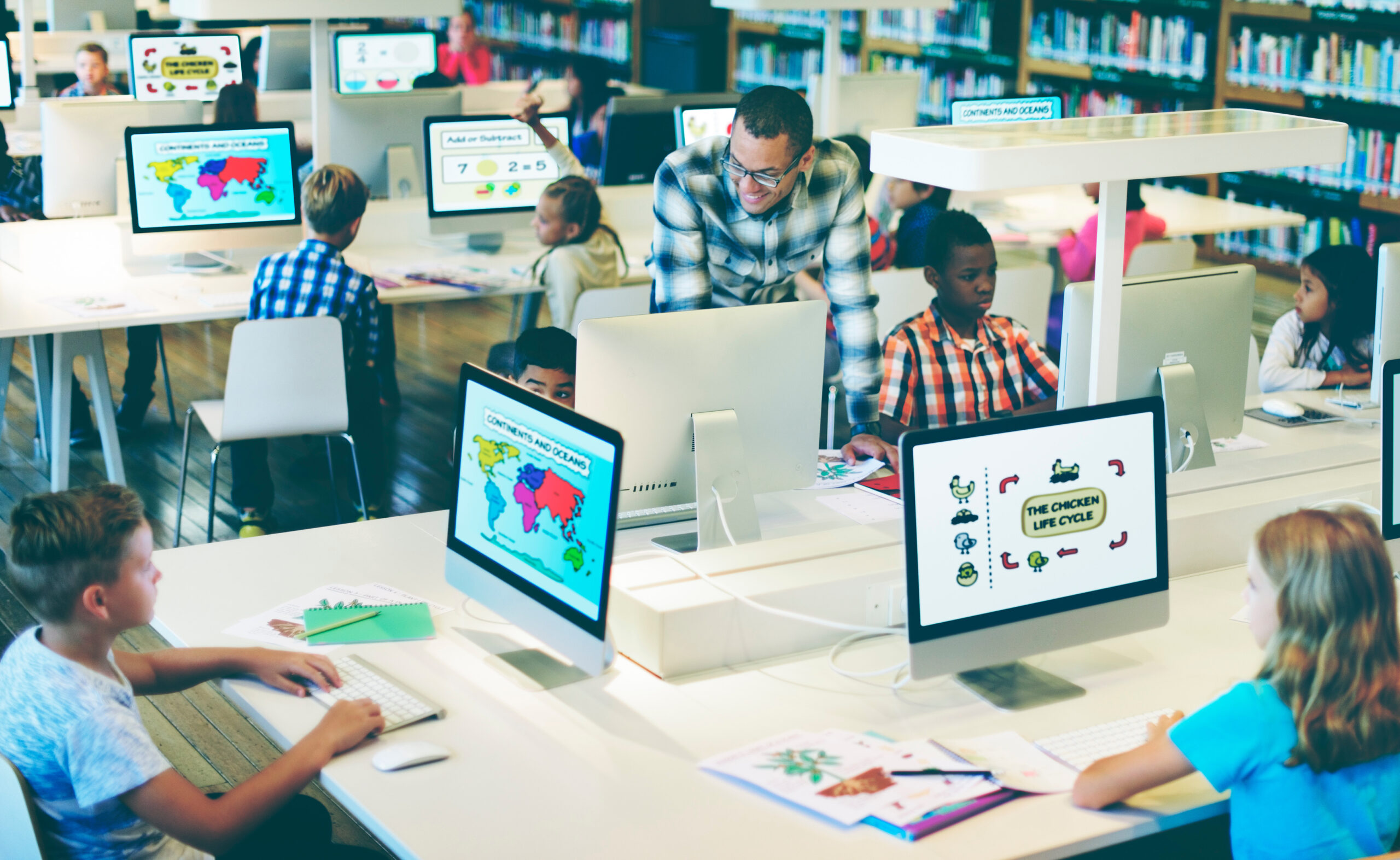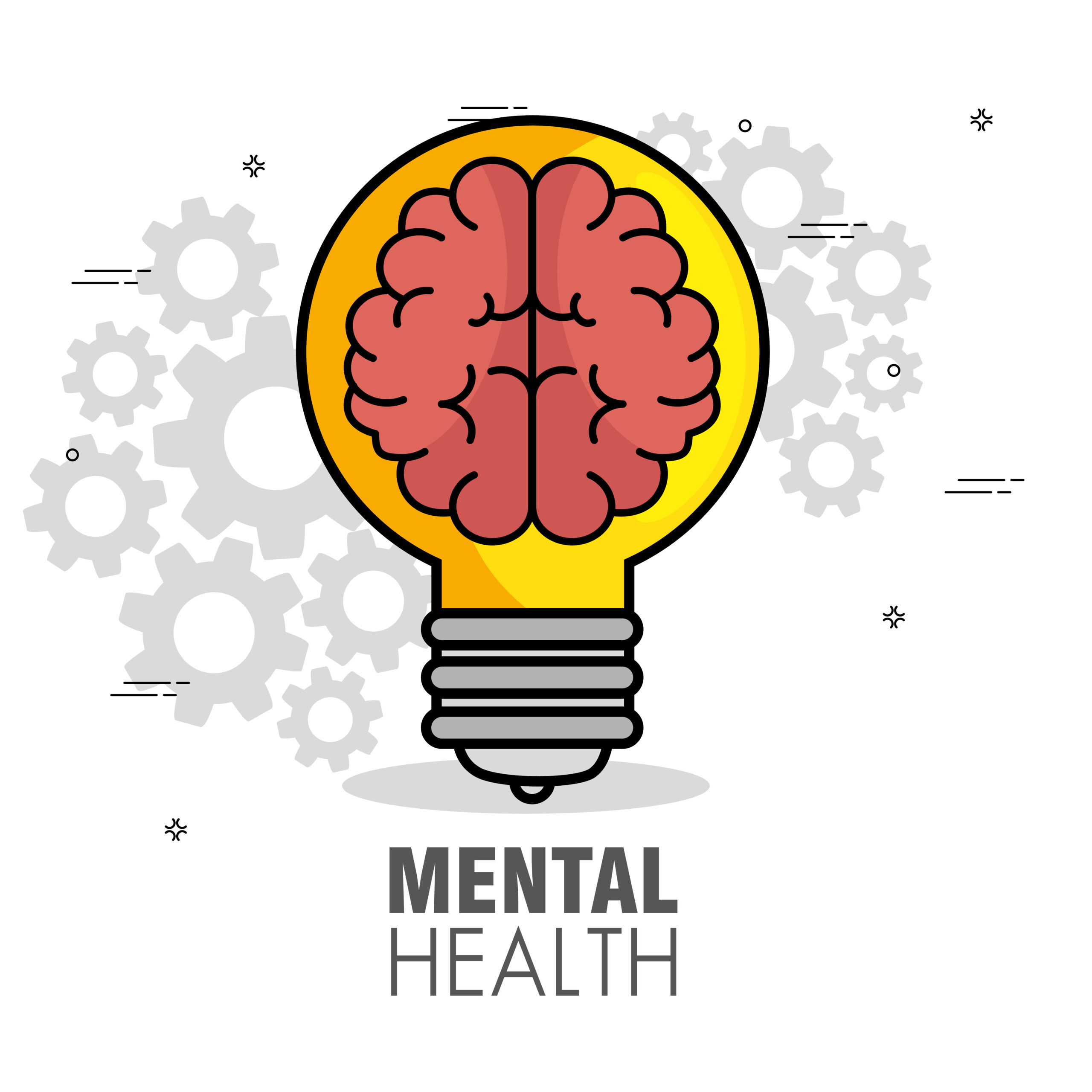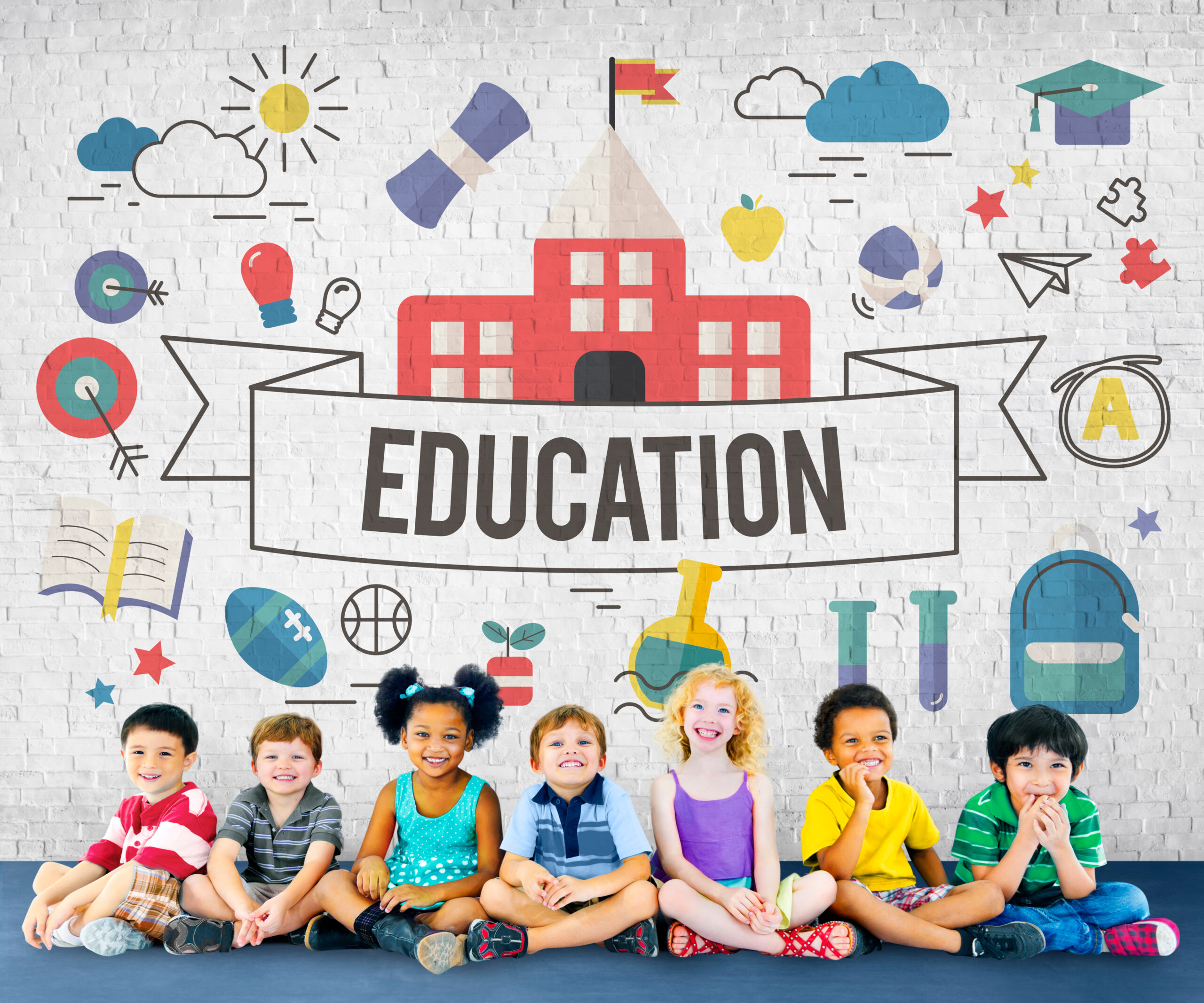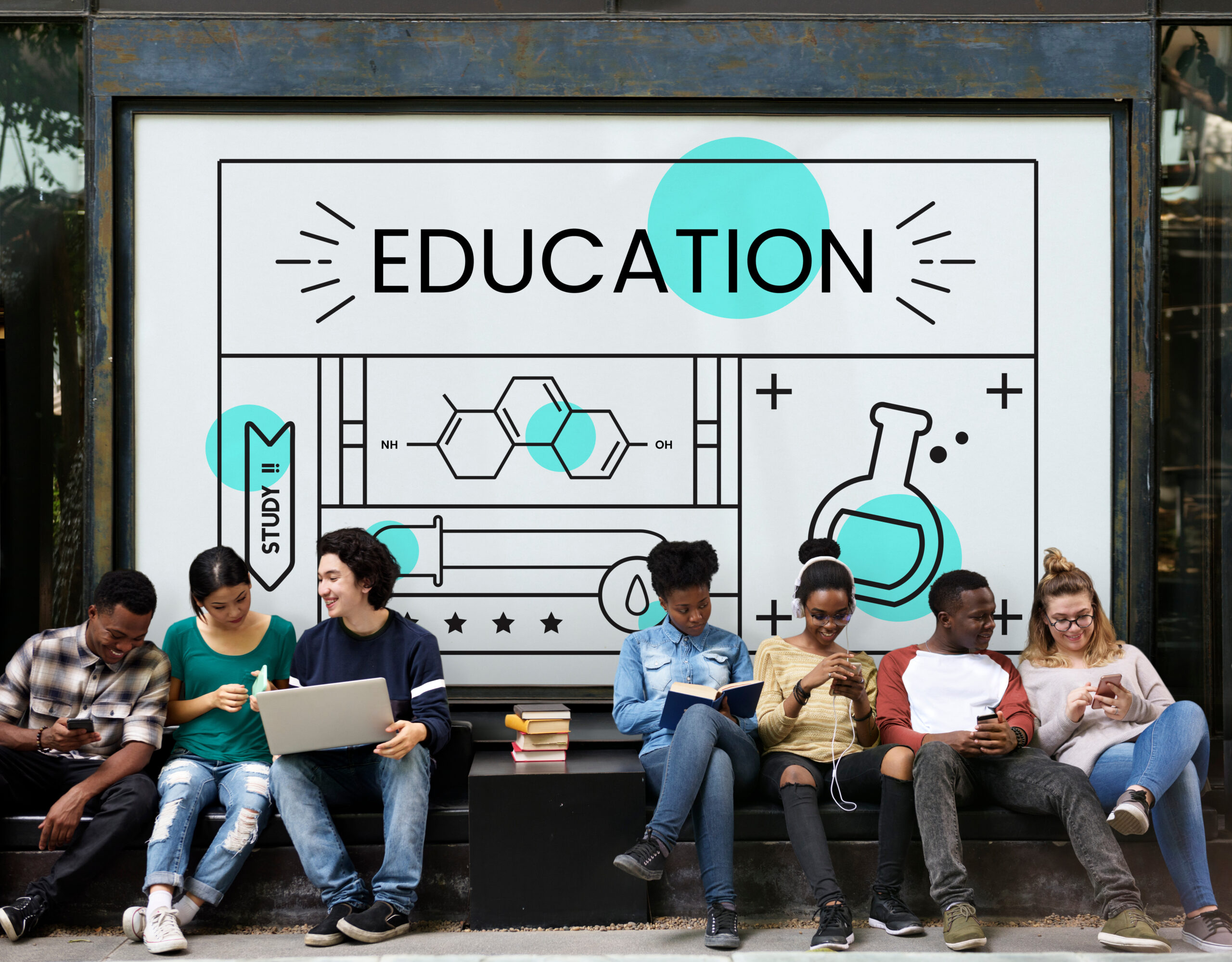
123rf
In recent decades, the American education system has witnessed a troubling decline, marked by faltering academic performance, widening achievement gaps, and a growing disillusionment with the institutional structure of schooling. This downturn is not just a statistical anomaly but a reflection of deep-seated issues that affect students, teachers, and the broader societal framework.
The causes are multifaceted, ranging from financial constraints and policy missteps to evolving technological demands and shifting cultural values. In dissecting the decline of education in America, it’s crucial to explore the complex interplay of these factors to uncover the root causes and understand their pervasive impact on the learning experience.
Through a detailed examination of 12 key insights, this article aims to shed light on the underlying challenges and prompt a meaningful discourse on how to rejuvenate and transform the American educational landscape for a more promising future.
Insight 1: Decreased Funding and Resources

123rf
The decline in education often begins with reduced funding and resources for schools, particularly in low-income areas. Budget cuts lead to larger class sizes, outdated materials, and insufficient support staff, negatively impacting student learning. Schools in affluent areas continue to thrive, creating a stark contrast and exacerbating educational inequality. Lack of investment in education undermines the foundation of the system, leading to long-term consequences. Educators are forced to do more with less, impacting their ability to provide quality education. This financial strain hinders innovation and progress within the educational landscape.
Insight 2: Teacher Attrition and Burnout

123rf
The teaching profession has seen a significant increase in attrition rates, with burnout being a leading cause. Overwhelmed by increasing demands, insufficient pay, and lack of support, many teachers are leaving the profession. The loss of experienced educators leads to a decline in teaching quality and mentorship for new teachers. High turnover disrupts the learning environment and affects student achievement. Efforts to address teacher burnout and improve working conditions are essential to stabilizing the education system. Investing in teacher development and well-being can lead to a more effective and motivated workforce.
Insight 3: Standardized Testing Overemphasis

123rf
The focus on standardized testing has shifted educational priorities away from holistic learning to narrow test preparation. This overemphasis undermines critical thinking and creative problem-solving skills. Teachers are pressured to teach to the test, limiting their ability to provide a well-rounded education. Standardized testing often fails to account for individual learning differences, disadvantaging certain students. The stress associated with these tests can negatively impact both teachers and students, creating a less conducive learning environment. Reevaluating the role of standardized testing in education is crucial to fostering a more dynamic and inclusive learning experience.
Insight 4: Technological Disparities

123rf
Technological disparities have become increasingly evident, highlighting the digital divide in education. Students in underprivileged areas often lack access to reliable internet and modern devices, hindering their ability to engage in digital learning effectively. The rapid shift to online education during the pandemic exposed and exacerbated these inequalities. Schools that lack the infrastructure to integrate technology face challenges in providing contemporary education. Bridging the digital divide is essential to ensure all students have equal opportunities to succeed in a technology-driven world. Investment in educational technology and infrastructure is vital to modernizing the learning experience.
Insight 5: Curriculum Relevance and Engagement

123rf
The relevance of the curriculum to students’ lives and future careers has been called into question. An outdated curriculum can lead to disengagement and lack of motivation among students. Education should evolve to meet the changing demands of the workforce and society. Incorporating real-world skills, such as financial literacy and digital competence, can enhance the curriculum’s relevance. Engaging students in their learning process by making the content more relatable and applicable is crucial. Schools need to adapt their curricula to foster skills that are vital for today’s global economy.
Insight 6: Societal and Economic Factors

123rf
The decline in education is not solely an internal issue; it is deeply influenced by broader societal and economic factors. Issues like poverty, health disparities, and community instability directly affect students’ ability to learn and thrive in school. Educational inequality mirrors the socioeconomic disparities in the wider society. The stress and challenges faced by students outside of school can significantly impact their academic performance. A holistic approach to education reform, addressing both in-school and out-of-school factors, is necessary. Building partnerships between schools, communities, and governments can create a supportive ecosystem for students.
Insight 7: Lack of Parental Involvement

123rf
Parental involvement plays a crucial role in a child’s educational success, but there has been a decline in engagement. Many parents struggle to participate in their children’s education due to work demands, lack of resources, or feeling unwelcome or ineffective in the school environment. Schools with strong parent-teacher relationships often see higher student achievement and better school performance. Efforts to enhance parental involvement should consider flexible communication methods and supportive resources. Creating a welcoming and inclusive school culture can encourage more parents to engage actively. Strengthening the partnership between home and school is essential for fostering student success.
Insight 8: Inconsistent Educational Standards

123rf
The inconsistency in educational standards across states and districts leads to varied educational quality and outcomes. Students in different regions receive unequal education due to differing curricula, standards, and teaching methods. National benchmarks can help ensure a more uniform standard of education, providing all students with a fair chance at success. Aligning educational goals and expectations across the country can help address these disparities. Efforts to standardize education must balance uniformity with the flexibility to meet local needs and cultural differences. Ensuring consistency in educational quality is a step toward a more equitable system.
Insight 9: Mental Health Challenges

123rf
Mental health challenges among students have risen, impacting their ability to engage in and benefit from education. Schools often lack the resources to provide adequate mental health support, contributing to the decline in educational outcomes. The stigma surrounding mental health can prevent students from seeking the help they need. Integrating mental health education and services into schools can create a more supportive environment. Prioritizing student well-being is crucial for enabling effective learning and development. Schools need to be equipped with the necessary tools and training to address the mental health needs of their students.
Insight 10: Resistance to Change

123rf
The education system often faces resistance to change, hindering the adoption of innovative practices and technologies. Traditional methods and mindsets can prevent the system from evolving to meet current and future needs. Overcoming this resistance requires strong leadership and a clear vision for the future of education. Engaging all stakeholders in the change process can help to mitigate fears and build consensus. The need for modernization in teaching methods, technology integration, and curriculum development is critical. Embracing change is essential for creating an education system that is relevant and responsive to today’s world.
Insight 11: Equity and Access

123rf
Equity and access issues continue to plague the American education system, with students from marginalized communities facing significant barriers. These disparities affect not only academic achievement but also long-term life outcomes. Addressing equity means more than just equal access to resources; it involves ensuring all students have the support they need to succeed. Policies and practices aimed at reducing these disparities are vital for fostering an inclusive education system. Schools must work to eliminate biases and create environments where all students can thrive. Promoting equity in education is fundamental to breaking the cycle of disadvantage.
Insight 12: Leadership and Policy Challenges

123rf
Effective leadership and sound educational policies are crucial for addressing the decline in education. Leadership at all levels, from school administrators to policymakers, must be committed to driving positive change. The complexity of the education system requires thoughtful and informed decision-making. Policies need to be data-driven, student-centered, and adaptable to changing circumstances. Investing in leadership development and establishing clear, long-term educational goals can guide system-wide improvements. Collaborative policymaking, involving educators, parents, and students, can lead to more effective and sustainable educational reforms.
Rethinking the Future of American Education

123rf
To reverse the decline of education in America, a strategic and multifaceted approach is required. It’s imperative to recognize that the quality of education is not solely the responsibility of schools but is influenced by a wide range of societal and policy factors. Comprehensive reforms must be implemented to address funding inequities, support teacher retention, reevaluate the emphasis on standardized testing, bridge technological gaps, update curricula, and mitigate external socioeconomic challenges. The goal should be to create an education system that is equitable, adaptive, and responsive to the needs of all students. By fostering a collaborative environment where educators, communities, and policymakers work together, we can build a robust educational foundation that prepares future generations for success in an ever-changing world. Transforming the landscape of American education requires a collective commitment to innovation, equity, and excellence.
